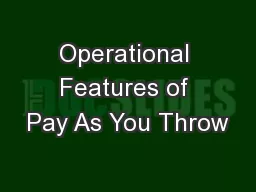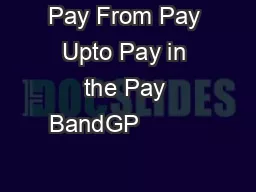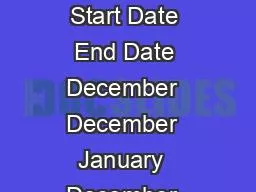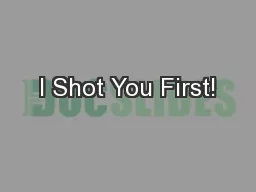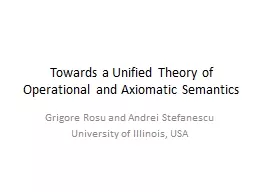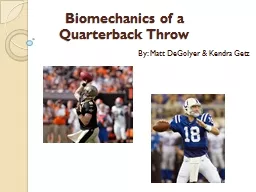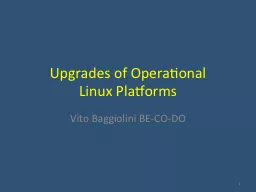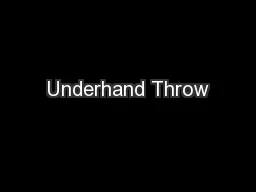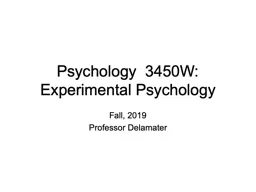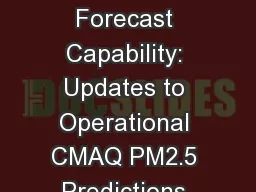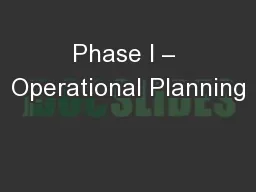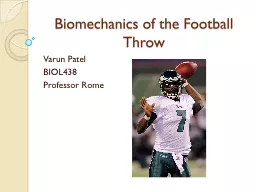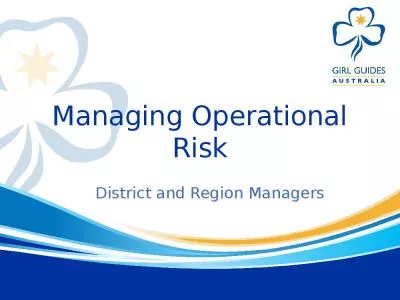PPT-Operational Features of Pay As You Throw
Author : luanne-stotts | Published Date : 2017-08-18
April 5 2017 The Way Things Work Now This system is known to encourage waste and is unfair to small generators 2 Request 3 Blank Check 1 TaxesFees Solid Waste 10000
Presentation Embed Code
Download Presentation
Download Presentation The PPT/PDF document "Operational Features of Pay As You Throw" is the property of its rightful owner. Permission is granted to download and print the materials on this website for personal, non-commercial use only, and to display it on your personal computer provided you do not modify the materials and that you retain all copyright notices contained in the materials. By downloading content from our website, you accept the terms of this agreement.
Operational Features of Pay As You Throw: Transcript
Download Rules Of Document
"Operational Features of Pay As You Throw"The content belongs to its owner. You may download and print it for personal use, without modification, and keep all copyright notices. By downloading, you agree to these terms.
Related Documents

